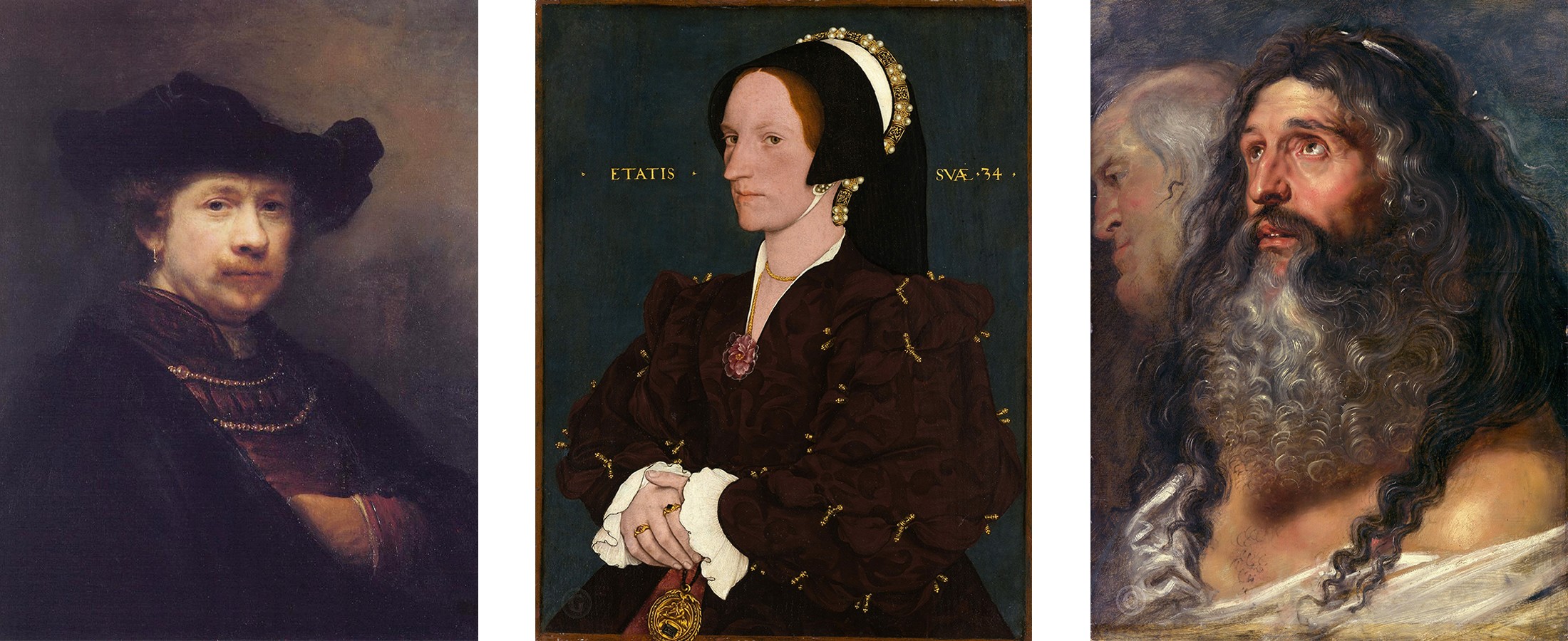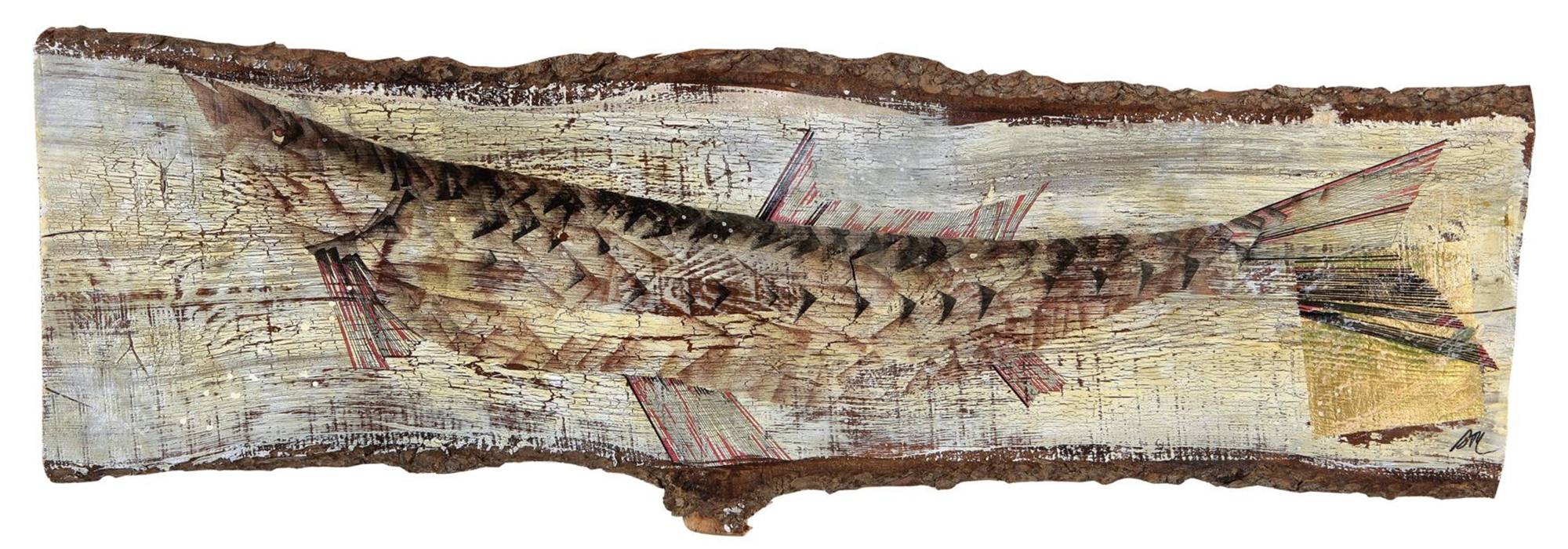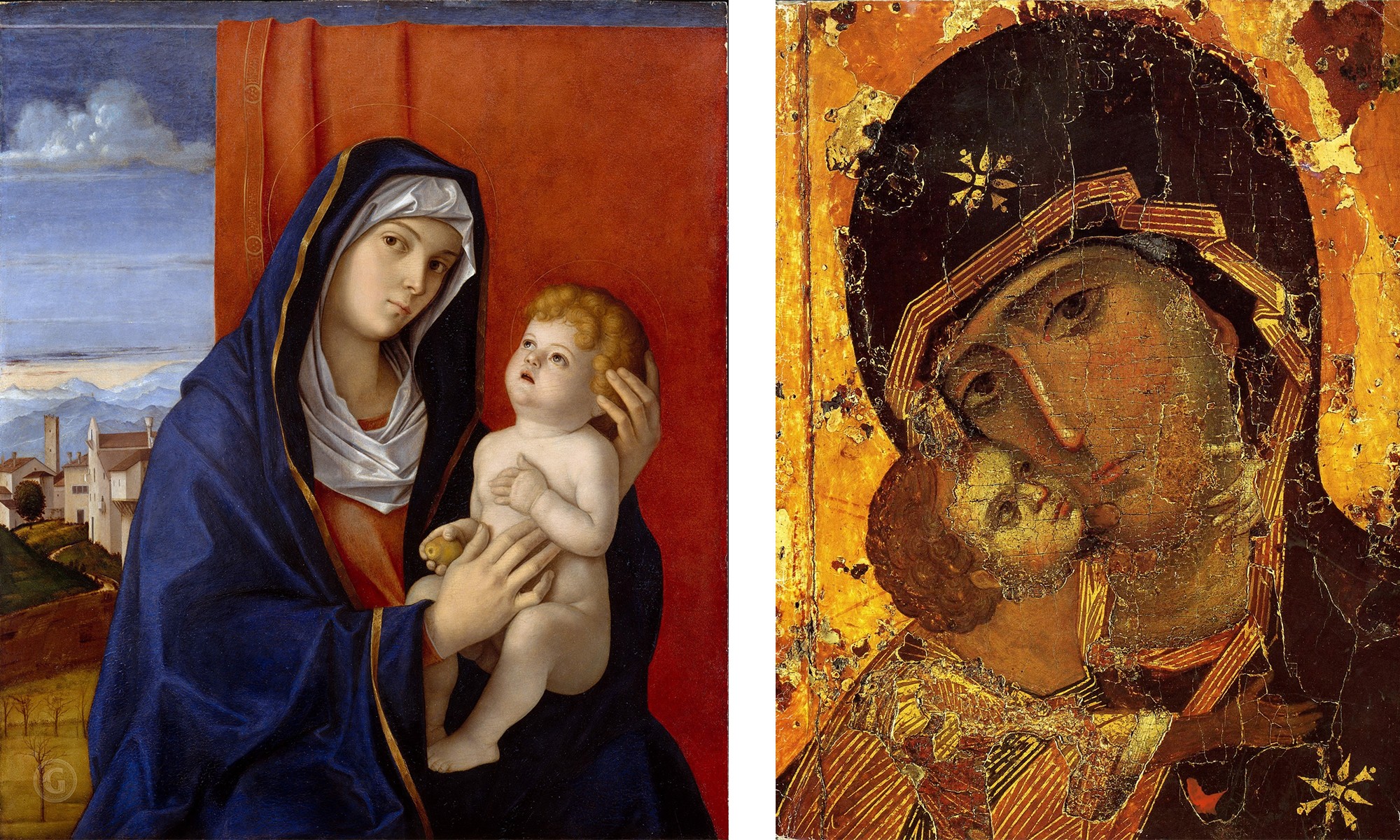How it all began...

From the history of art, it is known that wood was used as a basis for painting in antiquity: Greek painters wrote on wooden boards. The oldest extant works of easel painting on wood belong to the I—III centuries ad. These are the so-called Fayum portraits discovered at the end of the XIX century on the territory of Ancient Egypt. They are written on thin plates of wood from the Fig tree, cypress, cedar of Lebanon, pine, pine and larch. The thickness of the plaques on which the best Fayum portraits are written does not exceed 2 mm. Most of the Fayum portraits are made in the ancient encaustic technique (I-II centuries ad), that is, with paints on wax. Paints that were a mixture of pigment and beeswax were usually applied directly to the wood. Christian icons of the VI—VIII centuries are written in the encaustic technique on boards with a thickness of 10-12 mm.
 Fayum portraits
Fayum portraits
The oldest Russian icons are also painted on thin boards. Later in Russia, very thick boards were used for painting. Ancient Russian masters usually used Linden, pine and spruce boards as the basis for icons, and much less often — beech and larch. The Vladimir icon of the mother of God, according to legend, was written by the Evangelist Luke on a Board from the table at which the Holy Family ate. Since the second half of the XVII century in Russia, icons are painted on imported cypress boards. Individual boards were connected to the Board using glue or mortise keys. A thin cloth was pasted on the boards to cover the pronounced texture of the wood. Then the masters applied a special soil.
1. Giovanni Bellini - Madonna and Child. 2. Vladimir Icon of the Mother of God
In Russia, painting on boards was replaced only at the turn of the XVII—XVIII centuries by oil painting on canvas. However, paintings on boards continued to be created later, as in Western Europe.
Despite the fact that the canvas as the basis for painting in the Renaissance was already widespread, in Italy many artists wrote on boards in the XVI century. In Flanders, Holland, and Germany, artists preferred to paint on wood until the end of the 17th century. The vast majority of items were small and medium format. But also for large-format works, wood was used: for example, grandiose altarpieces by Rubens were painted on the boards.
 Oil on wood. From left to right: 1. Self-portrait with a flat hat. Rembrandt Harmenszoon van Rijn. 2. Hans Holbein the Younger. Lady Lee. 3. Peter Paul Rubens. Two heads (sketch)
Oil on wood. From left to right: 1. Self-portrait with a flat hat. Rembrandt Harmenszoon van Rijn. 2. Hans Holbein the Younger. Lady Lee. 3. Peter Paul Rubens. Two heads (sketch)
Rembrandt, wrote on oak, linden, cedar, beech, imported from the colonies of mahogany. At this time, the Dutch used the wood of old ships and old beer barrels for painting. After being long in water, and then dried in the sun, such a tree became very strong and resistant to warping and rotting. Oak Board is the most popular basis for painting by Dutch masters. They used only oaks of a special type, with smooth, without knots, trunks, growing on the sandy soils of the Baltic States. A certain part of the trunk between the core and the bark was suitable for painting. Oaks were sawn in a special way. Sawn boards were soaked in a special salt solution for at least 5 years. They were planed and primed, and then polished almost to a mirror state. Special workshops with a license were engaged in the production of boards for painting, and artists bought already prepared boards of the desired size.
Some modern artists also prefer a wooden base to canvas, using its surface to solve their painting tasks. These can be specially prepared boards, as well as details of structures of old furniture, the bottoms of oak barrels, old doors, parts of broken musical instruments, and so on. Unlike the masters of the past, many modern artists do not strive to thoroughly ground the surface and get rid of the texture of wood and its defects. On the contrary, they value wood for this. Otherwise, why write on the Board?
 Author: Andrey Makarevich.
Author: Andrey Makarevich.
In a modern interior of a city apartment or country house, paintings on boards look equally organic. Especially if natural materials are used in the decoration and furniture-solid wood, stone, cork, bark, jute. Paintings made of wood do not have to be hung on the wall. They can be placed on shelves and other furniture, moved from place to place, and even turned over if the picture is two-sided. This is another advantage of pictures on the tree in front of the paintings on canvas.

23/07/2020

